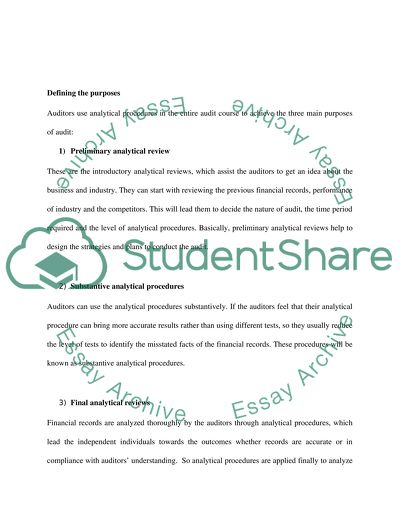Cite this document
(“The effective steps for risk assessment to identify the risks Essay”, n.d.)
Retrieved de https://studentshare.org/finance-accounting/1390791-auditing
Retrieved de https://studentshare.org/finance-accounting/1390791-auditing
(The Effective Steps for Risk Assessment to Identify the Risks Essay)
https://studentshare.org/finance-accounting/1390791-auditing.
https://studentshare.org/finance-accounting/1390791-auditing.
“The Effective Steps for Risk Assessment to Identify the Risks Essay”, n.d. https://studentshare.org/finance-accounting/1390791-auditing.


